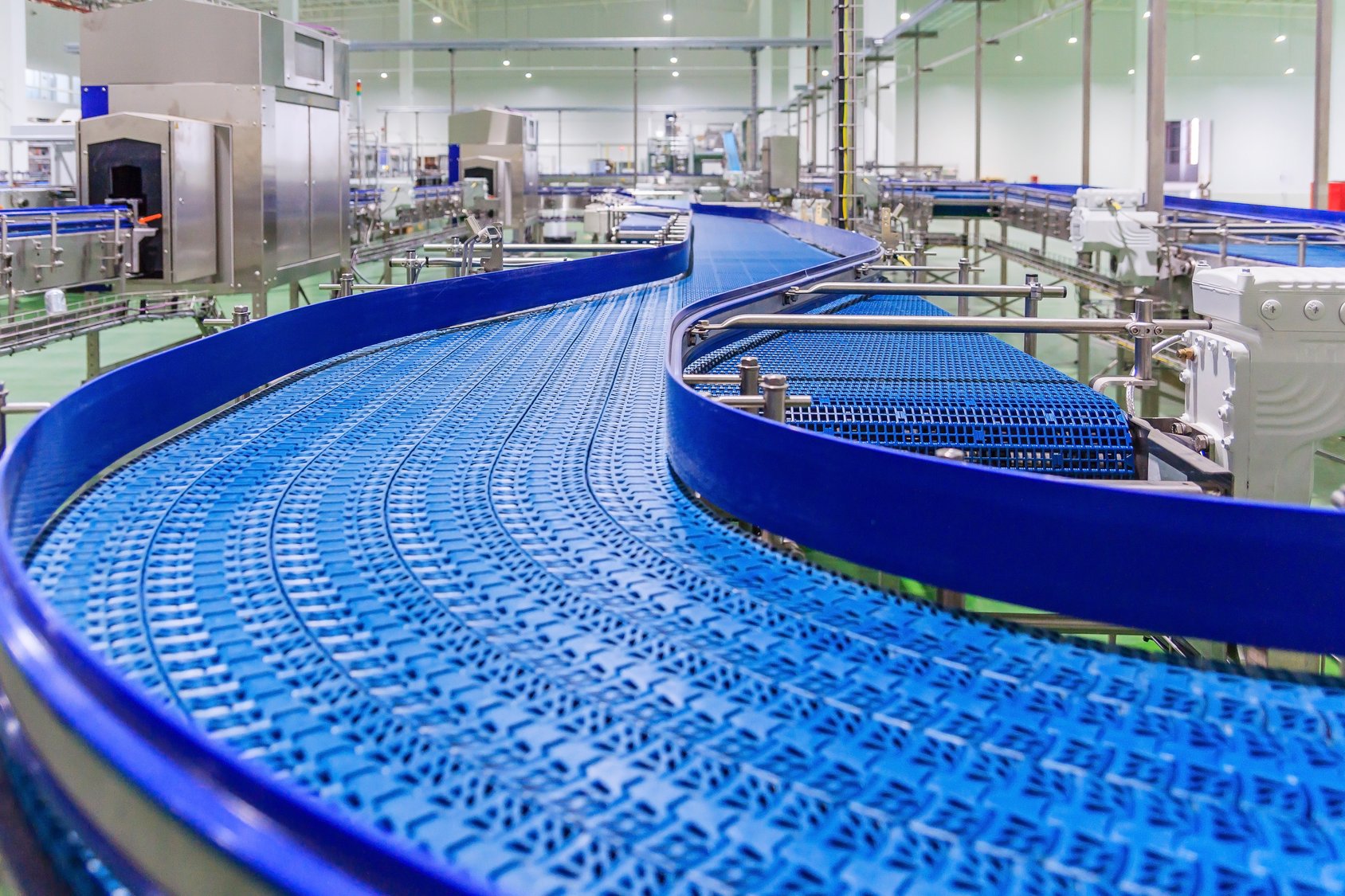Reducing Manufacturing Lead Time
Many of the manufacturers our team speaks with have put improving lead time at the top of their priority list. That’s no big surprise—lead time can be a determinant in winning new customers, driving business growth, and achieving on-time delivery.
The three primary areas that affect order lead time are:
- Quoting
- Engineering
- Manufacturing
We’ll address all three areas in this article because the desired result for most organizations is to improve the entire cycle time, from quote to delivery. And we have found that the best companies invest in systems to support the quoting, engineering, and manufacturing processes. These systems help companies stay profitable, be more competitive, and are critical to lead time reduction strategies.
One system in particular is Infor ERP Visual. Infor’s development team and product steering committee have built complete functionality for manufacturers to track and measure lead time in primary areas, including quoting, engineering, manufacturing, and shipping. Infor understands that lead time is a sum of many areas, not just the manufacturing process.
Before we dive into how to reduce manufacturing lead time, let’s review how quoting and engineering plays into the bigger picture.
Quoting
Leading companies have adopted a couple of common applications to assist with quoting. Many have adopted CRM systems to assist with sales opportunity management, as well as quotes. This provides structure, organization, and procedures for managing the quoting process. Unfortunately, many of these CRM systems are not integrated with the organization’s ERP system, creating extra work with double data entry, and the challenge of having to log in to each system separately to get information. Our advice is for manufacturing companies to have an integrated CRM solution that is either part of the ERP application or is integrated.
Why? You want your sales team to be armed with real-time information. Conversely, it is nice for those on the manufacturing side to have visibility and insight into sales activity, forecasts, and expected demand on future manufacturing resources, so they can plan accordingly. Manufacturing will gain insight with integrated sales systems and be prepared for spikes in demand, better managing manufacturing lead times. Manufacturing managers can support delivery dates more effectively when they have time to plan, versus simply reacting.
Additionally, there are quoting tools available in the core functionality of many ERP applications. And in many cases. applications like Infor Configure Price Quote (CPQ) can make a significant impact on speed of turning quotes around and subsequently assist with the engineering activities once the quote is won. Please see some lead-time reduction strategies below as we address specific areas for enhancement for reducing manufacturing lead time in your ERP.
Related: Infor CPQ - What You Need to Know
Engineering
Engineering is an area sometimes overlooked; however, we often see it consume more than its fair share of the lead time, leaving manufacturing with less time than expected to produce the finished good.
There are ways manufacturers can shorten lead time by giving both engineering and sales better tools.
One way we already mentioned is by using a product configurator, if your business is in a configure-to-order environment. For example, a manufacturing company could actually put a significant part of the engineering effort into the hands of the sales or customer service team—those employees can build out the part by choosing options in the configurator. The end result can be a properly built bill of materials, manufacturing routing, and manufacturing specifications that can be pushed into the ERP system. And manufacturing takes it from there. Or in some cases, engineering reviews the configuration and then releases to manufacturing. Regardless, the ability to engineer a product quickly will reduce overall lead time and mistakes.
Another area in engineering that can be addressed is CAD integration. Almost all manufacturing companies with engineering departments are using some kind of CAD package for building bill of materials and associated drawings. However, most companies have not integrated the CAD systems with the ERP system or configurator.
There are many benefits to having a CAD and ERP integration, but the two most important benefits are speed and accuracy. If there’s no integration, the engineers have to create the bill of material in the CAD package and then reenter that information in the ERP system. That can be a daunting task for those who have finished goods with thousands of parts and many sub-assemblies. Using tools such as CADLink from QBuild software allows you to quickly push bill of material information into the ERP system, saving hours, if not days of time and ensuring no mistakes are made by manually typing in the bill of materials.
Additionally, some configurators such as Infor CPQ can integrate with CAD systems as well to improve speed and accuracy.
In short, you can reduce lead time from order to delivery using CAD integration tools.
Manufacturing Lead Time Reduction
You can help get product out on time, or ahead of time, by doing all you can upstream to ensure manufacturing is not being put in a situation where they truly do not have adequate cycle lengths to meet delivery dates. Assuming you have addressed quoting and engineering, then now we can look for ways to shorten the manufacturing lead time itself.
Let’s look at the three determinants of manufacturing lead time:
Material Availability - You need materials to be available to ensure you can manufacture the part. Most ERP systems provide some kind of material requirements planning (MRP) functionality. Of course, you will need planning policies for the parts, lead times from suppliers, and accurate inventory counts for MRP to be effective.
Resource Availability - The second determinant of lead time is resource capacity. You should have all of your resources set up in your system with shift availability, run rates, and unique operators (as needed). If possible, establish when these resources are down for preventive maintenance, so production schedulers get a true view of resource availability.
Outside Processing - The third determinant of lead time reduction in manufacturing is outside services or outside processing. Many manufacturers loosely manage this area, yet it can be a very important factor in manufacturing lead time. If your ERP system has the capability to manage outside processes, set up transfer time to the processor and their run time, and then transfer time back to your plant, another processor, or the end customer. Additionally, you may want to compensate for inspection time for items coming back into your facility from the processor, and time to stage them back into manufacturing.
Production Scheduling
Having a good fundamental base in place with materials, resources, and outside processing gives you the foundation to shorten manufacturing lead time in one of the most effective ways: using the scheduling component of your ERP system.
Please note that not all scheduling algorithms and underlying logic is the same. For example, Infor CloudSuite Industrial (CSI) and Infor VISUAL ERP leverage Infor’s patented concurrent scheduling logic, which matches material availability and resource availability in the first scheduling pass. Looking at both resource and material availability is critical because many systems just assume infinite capacity, but in reality, all plants have areas of capacity constraints, bottlenecks, and resource loads that exceed 100 percent.
Related: Thinking About Hiring a Scheduler So You Can Use VISUAL ERP Scheduling?
Some ERP systems have scheduling functionality that won’t allow you to start a job until all material resources are available. In this scenario, you are working at a disadvantage. Why? For items where cycle time may be many days, weeks, or months, you can start a job and have the material arrive just in time to meet the resource demanding that material availability.
Having a good scheduling tool ultimately reduces lead time because you have the ability to backward schedule and complete jobs just in time to meet due dates. Near-term capacity will open up for expedited orders and drop-in jobs, allowing you to take the bloat out of the schedule.
Many successful companies have leveraged backward finite scheduling and achieved lead time reductions in manufacturing, primarily through the elimination of bloated or heavily buffered schedules. Users who trust their data and trust their system remove buffers, which is really a way for departments to protect themselves from over-promising.
Related: Infor ERP Scheduling Workshop
An example of buffers is when purchasing adds a few days to the lead time they give production, and then production adds a few days to what they think it will take to complete the product (to accommodate surprise orders and late materials). And sales and customer service may add a few days as buffer too, so customers won’t be upset if an order ships late.
Unfortunately departments “lie” to each other to cover themselves and the net effect is really felt on the sales side of the business where lead time is a component of winning business. If you can get closer to the truth and rely on accuracy, then you’ve learned one of the most important lessons on how to reduce lead time in manufacturing.
For more information, please visit Fine Tuning Your Production Planning.
Summary
Ultimately, organizations need to establish an infrastructure and have a system to support that infrastructure for manufacturing, but they also need to take a macro view of the entire process from quote to shipment.
Streamline your quoting and engineering process with software applications available to reduce lead time, and then have a goal of scheduling your production based on real numbers that aren’t inflated or educated guesses.
The end result is the ability to quote shorter lead times with confidence, which leads to an increase in sales and allows you to grow your business.
Visual South specializes in Infor ERP software, supporting services, and business solutions. For more information on how an Infor ERP software system can help your business, visit the Visual South website.
Visual South also offers guidance on all things ERP for small to medium-sized manufacturers and production companies. We are more than happy to provide a free consultation about managing your ERP implementation, evaluating ERP, or achieving a reduction of lead time in your current ERP. Please reach out to us for a free assessment.








